Home>Furniture>Living Room Furniture>Why Is It Called A Coffee Table
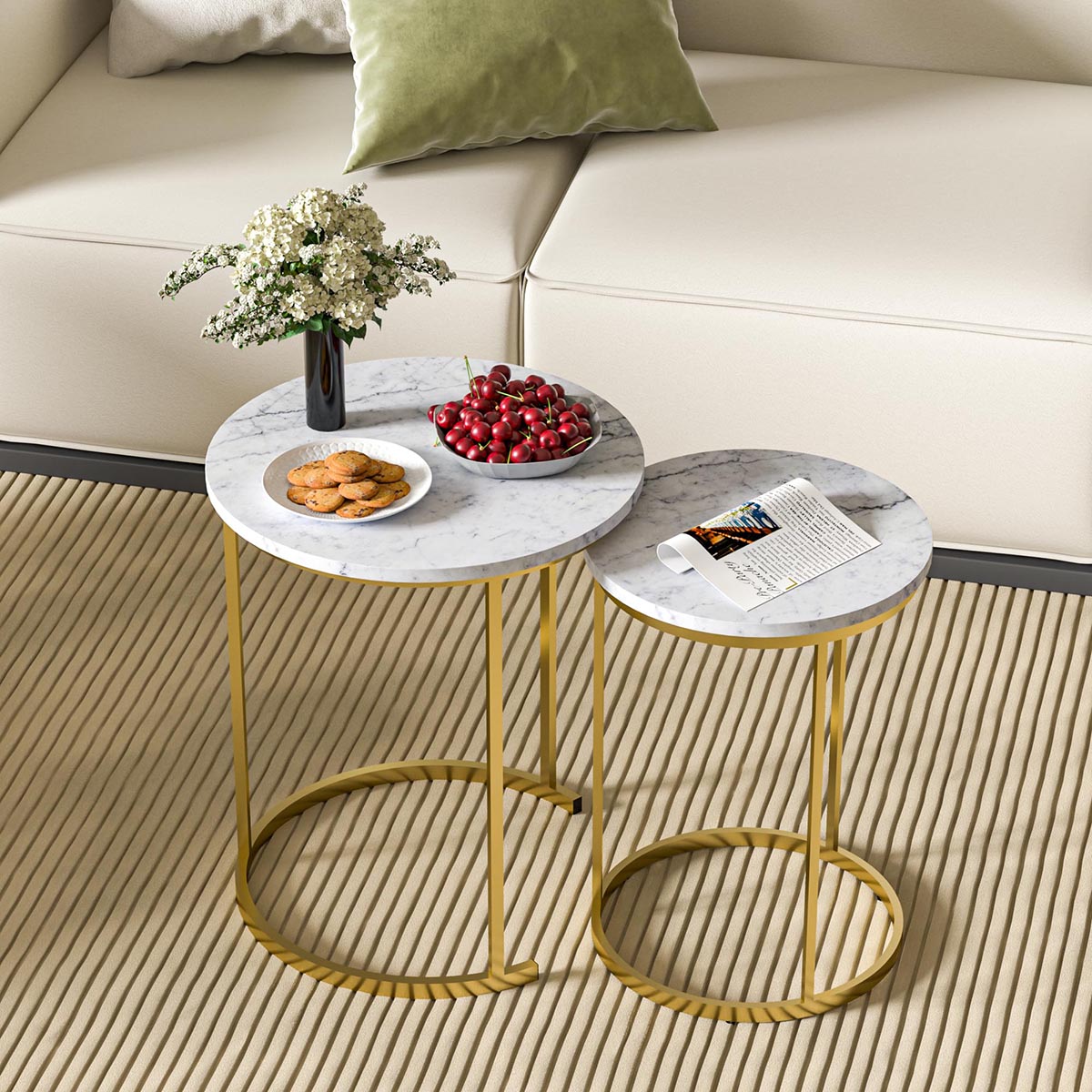

Living Room Furniture
Why Is It Called A Coffee Table
Modified: October 20, 2024
Discover the fascinating history behind the name "coffee table" and explore why this essential piece of living room furniture is a must-have for your home.
(Many of the links in this article redirect to a specific reviewed product. Your purchase of these products through affiliate links helps to generate commission for Storables.com, at no extra cost. Learn more)
Introduction
The coffee table is an essential piece of furniture found in living rooms around the world. It serves as a versatile surface for placing items like drinks, books, and decorative objects, as well as a gathering place for family and friends. But have you ever wondered why it is called a coffee table?
The term “coffee table” originated in the early 20th century, when the concept of a dedicated low table placed in the center of the living room became popular. Before the coffee table, people would typically have tea or coffee in the drawing room, where taller tables were used for this purpose. However, as a more relaxed and informal way of living emerged, a shorter table specifically designed for holding coffee cups and other beverages became necessary.
The coffee table soon became a staple of modern living room furniture, providing a convenient spot to place drinks while engaging in conversation or watching television. Its low height paired with its functional surface made it a perfect addition to create a cozy and inviting atmosphere.
Over the years, the coffee table has evolved in terms of design, material choices, and functionality. Today, there are countless options available to suit every style and preference. From sleek and minimalist designs to elaborate and ornate ones, coffee tables come in a variety of shapes, sizes, and materials.
In this article, we will delve into the origins of the coffee table, explore its evolution in design, discuss its functionality and role in interior design, highlight popular materials used in its construction, examine different shapes and sizes, and touch upon its significance in different cultures.
So, grab a cup of coffee, sit back, and join us on a journey to discover the fascinating world of coffee tables.
Key Takeaways:
- The coffee table originated as a dedicated low table for serving coffee, evolving into a versatile and stylish centerpiece for living rooms, reflecting changing lifestyles and cultural traditions.
- From sleek and minimalist designs to functional features like storage and adjustable heights, coffee tables have adapted to meet modern needs while enhancing the aesthetic and functionality of living spaces.
Read more: Why Is It Called Silverware
Origins of the Coffee Table
The concept of a dedicated low table in the center of a room can be traced back to ancient civilizations. In ancient Egypt, for example, low tables were used to hold items of importance and were often placed in the center of social gathering spaces. However, the modern coffee table as we know it today has its roots in the late 19th and early 20th centuries.
The early forms of coffee tables were actually tea tables. During the Victorian era, tea-drinking was a popular social activity, and tea tables were used for this purpose. These tables were typically taller and had intricate designs, reflecting the formality and elegance of tea ceremonies.
As time went on and the concept of entertaining at home became more relaxed, the need for a lower table specifically designed for coffee arose. This shift can be attributed in part to the influence of Eastern cultures, where low tables were already common in social settings.
The first appearance of the term “coffee table” can be found in American newspapers in the early 1900s. The design and purpose of the coffee table quickly gained popularity, and it became a staple in middle-class households. Its lower height and simple design made it more accessible and suitable for casual gatherings.
Initially, coffee tables were made with wood and had minimal ornamentation. They were often square or rectangular in shape, with straight legs and a flat surface to accommodate coffee cups and other items. However, as the design evolved, coffee tables started to embrace more diverse shapes and materials to enhance their functionality and aesthetic appeal.
Today, coffee tables come in various styles to complement different interior design themes and personal tastes. From rustic farmhouse tables to sleek mid-century modern designs, there is a coffee table for every home. The evolution of the coffee table is a testament to the changing needs and preferences of society, as it has adapted to fit the ever-evolving concept of the modern living room.
In the next section, we will explore the evolution of the coffee table and how it has transformed over time to meet the changing demands of homeowners.
Evolution of the Coffee Table
The coffee table has come a long way since its humble beginnings as a simple and functional piece of furniture. Over time, it has evolved in design, materials, and functionality to meet the changing needs and tastes of homeowners.
In the mid-20th century, the coffee table underwent a significant transformation in terms of design. The sleek and minimalist aesthetic of the mid-century modern movement influenced furniture design, including coffee tables. These tables featured clean lines, organic shapes, and the use of materials like glass, metal, and molded plywood.
The popularity of the mid-century modern style gave way to more experimental designs in the late 20th century. Coffee tables became more than just surfaces to place items; they became sculptural and artistic objects. Unique shapes, asymmetrical designs, and unconventional materials were embraced to make a statement and add visual interest to the room.
Today, coffee tables are available in a wide range of styles, from the timeless and traditional to the contemporary and avant-garde. Traditional coffee tables may feature ornate carvings, turned legs, and rich wood finishes, while contemporary designs often showcase clean lines, geometric shapes, and innovative materials.
Functionality has also played a crucial role in the evolution of the coffee table. As technology has become an integral part of our lives, coffee tables have adapted to accommodate our changing needs. Many modern coffee tables come equipped with built-in storage, such as drawers or shelves, to keep remote controls, magazines, and other items neatly organized and within arm’s reach.
In addition to storage, functionality has extended to include adjustable height options. Adjustable coffee tables allow users to customize the table’s height to their preference, making it versatile for various activities like dining, working, or playing games.
The introduction of smart furniture has also made its way into the world of coffee tables. Some modern coffee tables come with integrated wireless charging pads, built-in speakers, and USB ports, allowing users to conveniently charge their devices or listen to music without the need for additional clutter.
Another notable evolution is the focus on sustainability in coffee table design. With the rising awareness of environmental concerns, manufacturers are increasingly using eco-friendly materials and implementing sustainable production practices. This commitment to sustainability not only benefits the environment but also provides consumers with more conscious choices when selecting their coffee table.
As coffee tables continue to evolve, it is evident that they have become more than just a functional piece of furniture. They have become a statement piece, an expression of style and personality, and a reflection of our ever-changing lifestyles and needs.
In the following sections, we will explore the design and functionality of coffee tables in more detail, as well as their role in interior design.
Design and Functionality of Coffee Tables
Coffee tables not only serve as a functional surface for placing items but also contribute to the overall aesthetics and style of a living room. They are available in a variety of designs, each offering unique characteristics and functionalities.
One of the most common design features of a coffee table is its shape. While rectangular coffee tables remain popular for their versatility and ability to fit into various room layouts, other shapes like square, round, and oval are also commonly found. The shape of the coffee table can influence the flow and visual balance of a room. For example, a round coffee table can soften the angular lines of furniture and create a more harmonious and inviting atmosphere.
Design elements such as the legs or base of a coffee table also contribute to its overall style. Straight, tapered, and turned legs are common options, each offering a different aesthetic appeal. Some coffee tables even forgo traditional legs altogether and opt for a solid base or a minimalistic pedestal design. The choice of material for the legs or base can further enhance the desired style, whether it’s a sleek metal frame or a warm and natural wooden base.
The material used for the tabletop is another crucial design consideration. Wood is a classic choice, offering warmth and a timeless appeal. Different types of wood, such as oak, walnut, and mahogany, can lend different characteristics and finishes to the coffee table. Glass tabletops, on the other hand, can create a sense of openness and modernity, while also showcasing the base or any decorative items placed beneath the glass. Other materials like marble, stone, and even acrylic can also be used to add texture and visual interest to the coffee table.
While design plays a significant role, functionality is equally important when it comes to coffee tables. Storage options are a popular addition to coffee tables, offering the ability to tuck away items and keep the tabletop clutter-free. Drawers, shelves, or compartments can be integrated into the design to store magazines, remote controls, or other living room essentials.
Some coffee tables take functionality a step further by incorporating lift-top mechanisms. These tables have a top that can be raised to a more comfortable height, allowing for easy dining, working, or even using it as a makeshift desk. The added flexibility makes these coffee tables a practical choice, especially for smaller living spaces.
Pet owners might also appreciate coffee tables with a pet-friendly design. Some coffee tables are designed with built-in pet beds or hidden pet food storage compartments, providing a cozy space for your furry companions without sacrificing style or functionality.
Ultimately, the design and functionality of a coffee table should align with the needs and preferences of the homeowner. It should seamlessly blend with the overall decor of the living room while fulfilling its practical purpose of providing a convenient and visually pleasing surface for various activities.
In the next section, we will explore the role of coffee tables in interior design and how they can elevate the overall look and feel of a space.
Coffee Tables in Interior Design
Coffee tables are essential elements of interior design, as they not only provide functionality but also contribute to the overall aesthetic and ambiance of a living room. They serve as the centerpiece of the seating area, tying together the various elements and creating a visually pleasing and cohesive space.
One of the key roles of a coffee table in interior design is to anchor the seating arrangement. It acts as a focal point, creating a sense of balance and symmetry. Placed in the center of a sofa set or a cluster of chairs, the coffee table acts as a gathering spot, bringing everyone closer and facilitating conversation and interaction.
The style and design of the coffee table should harmonize with the overall theme of the room. It can either complement the existing furniture and decor, or it can serve as a statement piece and add a contrasting element. For example, a sleek and modern coffee table can be an eye-catching addition to a traditional or eclectic living room, creating an interesting juxtaposition of styles.
The size and proportion of the coffee table are also crucial considerations in interior design. The table should be proportional to the surrounding furniture and fit harmoniously within the available space. A petite coffee table can work well in a small living room, while a larger one can make a bold statement in a spacious and open-concept area.
The choice of materials and finishes for the coffee table can further enhance the design and create a cohesive look. For instance, a rustic farmhouse-style living room can be complemented with a coffee table made of reclaimed wood, adding warmth and character to the space. On the other hand, a contemporary and minimalist room can benefit from the clean lines and reflective surfaces of a glass or metal coffee table.
In addition to aesthetics, the size and shape of the coffee table should also consider the functional needs of the room. If the living room is primarily used for entertaining and hosting gatherings, a larger coffee table with ample surface space may be preferred. On the other hand, if the room is smaller or used for more intimate gatherings, a smaller coffee table that provides just enough space for drinks and snacks may be ideal.
When styling a coffee table, it’s important to strike a balance between functionality and aesthetics. The tabletop can be adorned with a curated selection of decorative items such as candles, vases, books, or a tray with coffee table books. These accessories can add personality and create visual interest while still leaving enough space for practical use.
By thoughtfully selecting and incorporating a coffee table into the overall design scheme, you can create a cohesive and visually appealing living room that is both functional and stylish.
Next, let’s explore the popular materials used in the construction of coffee tables and their characteristics.
The term “coffee table” originated in the 1920s when the furniture piece became popular for serving coffee and snacks while entertaining guests. It is called a “coffee table” because it was originally designed for placing coffee cups and other refreshments.
Read more: Why Is A Napkin Called A Napkin
Popular Materials Used in Coffee Table Construction
Coffee tables come in a variety of materials, each offering unique characteristics and visual appeal. The choice of material can greatly influence the style, durability, and overall aesthetic of the coffee table. Let’s explore some of the popular materials used in coffee table construction:
- Wood: Wood is a timeless and traditional material choice for coffee tables. It offers warmth, versatility, and a natural beauty that can complement a variety of interior styles. Different types of wood, such as oak, mahogany, or walnut, can create different looks, from rustic to refined.
- Glass: Glass tabletops provide a modern and sleek aesthetic. They create an illusion of space and openness, making them a popular choice for smaller rooms or contemporary interior designs. Glass can be clear or tinted, adding a touch of sophistication to the coffee table.
- Metal: Metal coffee tables are known for their durability and industrial chic appeal. Materials like stainless steel, brass, or iron are commonly used to create sleek and minimalist designs. Metal coffee tables can bring a touch of elegance and a modern edge to a living room.
- Marble: Marble tabletops exude luxury and elegance. Known for their natural veining and unique patterns, marble coffee tables can make a stunning statement piece. While marble is durable, it requires regular maintenance to keep it looking its best.
- Acrylic: Acrylic coffee tables offer a contemporary and minimalist look. They are lightweight, versatile, and can fit well in smaller spaces due to their transparent nature. Acrylic coffee tables can create a sense of visual lightness and add a touch of modernity to the room.
- Reclaimed Materials: Coffee tables made from reclaimed materials, such as reclaimed wood or repurposed industrial elements, have gained popularity in recent years. These tables not only add character and charm to a space but also contribute to sustainable and eco-friendly design practices.
- Rattan or Wicker: Rattan or wicker coffee tables bring a touch of natural and bohemian vibes to a room. These materials are lightweight, making them easy to move around, and they often feature woven patterns or interesting textures that add visual interest.
The choice of material for a coffee table should consider both aesthetic preferences and practicality. While wood offers warmth and durability, glass creates a modern and airy feel. Metal provides a sleek and contemporary look, while marble adds a luxurious touch. Acrylic and reclaimed materials offer unique and sustainable options, while rattan or wicker bring a natural and relaxed vibe.
It’s important to note that the material used for the coffee table doesn’t necessarily have to match the existing furniture in the room. In fact, mixing materials can create an eclectic and visually appealing look. Just be sure to consider the overall style and balance when selecting a coffee table material.
Now that we’ve explored the popular materials used in coffee table construction, let’s move on to the shapes and sizes of coffee tables.
Coffee Table Shapes and Sizes
Coffee tables come in a wide range of shapes and sizes, allowing for versatility in design and functionality. The choice of shape and size depends on various factors, including the size of the living room, the surrounding furniture, and personal preferences. Here are some common coffee table shapes and sizes:
- Rectangular: Rectangular coffee tables are the most traditional and common shape. They offer a classic and versatile option that can easily fit into different room layouts. Rectangular tables provide ample surface area for placing drinks, snacks, and decorative items. They are particularly well-suited for larger living rooms.
- Square: Square coffee tables are a popular choice for smaller living rooms or those with a more intimate seating arrangement. They can create a sense of balance and harmony in the space. Square tables offer a generous surface area while allowing for easy access from all sides.
- Round: Round coffee tables soften the lines and angles in a room, creating a more inviting and organic feel. They are particularly well-suited for rooms with curved furniture or to provide a contrast against angular elements. Round tables promote better flow and circulation in a space, as there are no sharp corners.
- Oval: Oval coffee tables offer a balance between the rectangular and round shapes. They provide a visually pleasing middle ground and can be a great option for larger living rooms that want a softer aesthetic. Oval tables offer ample surface area like rectangular tables but with the benefit of curved edges.
- Nesting: Nesting coffee tables consist of multiple tables of varying sizes that can be stacked together. These tables are functional and space-saving, as they can be used separately or nested together when additional surface area is needed. Nesting tables provide flexibility in design and can be easily rearranged as needed.
- Sculptural: Sculptural coffee tables come in various artistic and unconventional shapes. These tables make a bold statement in a room and can serve as a focal point or conversation starter. Sculptural coffee tables blend form and function, acting as both a functional surface and a work of art.
When determining the size of a coffee table, it’s important to consider the proportions of the room and the surrounding furniture. A general guideline is to choose a coffee table that is approximately two-thirds the length of the sofa it will be paired with. This helps maintain visual balance and ensures easy access to the table from all seating areas.
The height of a coffee table is also crucial for comfort and functionality. The standard height is typically around 18-20 inches, but this can vary depending on the height of the surrounding seating. The ideal height allows for easy reach to the tabletop, whether for placing items or resting your arms while seated.
Remember, the shape and size of a coffee table should complement the overall design and functionality of the living room. It should strike a balance between visual appeal and practicality, offering a surface that is convenient for various activities while enhancing the overall aesthetics of the space.
In the next section, we will explore the significance of coffee tables in different cultures and how they are integrated into various lifestyles.
Coffee Tables in Different Cultures
Coffee tables have become an integral part of living room furniture in cultures around the world, although their design, use, and significance may vary. Let’s explore how coffee tables are integrated into different cultures and their role in various lifestyles:
Western Culture: In Western cultures, coffee tables are commonly used in living rooms as a central gathering point. They serve as a surface for placing drinks, snacks, and other items during social interactions or while relaxing. Coffee tables often become a focal point for conversation and provide a convenient spot for board games or puzzles. In Western interior design, the coffee table is seen as an essential element, both for its practicality and its contribution to the overall aesthetic of the room.
Japanese Culture: In Japanese culture, the low-height coffee table concept originated from the traditional tea ceremonies. The chabudai, a low table similar to a coffee table, is used in Japanese households for various purposes. It is typically made of wood and is often paired with floor cushions or low chairs for seating. In Japanese homes, the coffee table may be used for dining, studying, or as a workspace, emphasizing a close connection to the floor and a more compact lifestyle.
Middle Eastern Culture: In Middle Eastern culture, the coffee table holds great symbolic and social significance. The traditional low table, known as a “sobya” or “mashrabiya,” is often ornately designed and placed in the center of a seating area. It serves as a surface for serving and enjoying tea or coffee, while providing a space for socializing and engaging in deep conversations. Coffee tables in Middle Eastern culture are often adorned with beautiful textiles and decorative objects, reflecting the region’s rich artistic heritage.
Scandinavian Culture: In Scandinavian culture, coffee tables are typically minimalist and functional in design. The emphasis is on clean lines, natural materials, and practicality. The coffee table serves as a surface for placing beverages, snacks, or books during social gatherings or moments of relaxation. Scandinavian design often favors simple and versatile coffee tables that can seamlessly blend into different interior styles and provide functionality without overpowering the space.
Moroccan Culture: In Moroccan culture, the coffee table takes on a vibrant and decorative role. Known as a “danbala” or “tea table,” it is often handcrafted and adorned with intricate patterns and vibrant colors. The coffee table is an essential element in Moroccan hospitality, as it is used for serving mint tea, dates, and other treats. In Moroccan homes, the coffee table becomes a symbol of hospitality, creating an inviting and welcoming atmosphere for guests.
Indian Culture: In Indian culture, the coffee table may take a backseat to other traditional furniture pieces such as floor cushions or low seating known as “diwans.” However, coffee tables are becoming increasingly popular in modern Indian homes, especially in urban areas. Indian coffee tables often feature intricate carving and detailing, reflecting the country’s rich craftsmanship. They serve as surfaces for dining, studying, playing games, or simply enjoying a cup of tea or coffee.
Across different cultures, coffee tables act as a gathering point, promoting social interaction and relaxation. They play a vital role in creating a cozy and functional living space, reflecting the lifestyle and cultural traditions of each region.
Now that we’ve explored the significance of coffee tables in different cultures, let’s conclude our journey and summarize the various aspects we’ve discussed.
Conclusion
The coffee table, with its humble origins and rich evolution, has become a staple piece of furniture in living rooms around the world. From its inception as a dedicated low table for coffee to its transformation into a versatile and stylish centerpiece, the coffee table has stood the test of time.
Originating in the early 20th century, the coffee table quickly gained popularity as a more relaxed and informal way of serving coffee and entertaining guests. Its lower height and functional surface provided a convenient spot for placing drinks, snacks, and other items while engaging in conversation or watching television.
Throughout the years, coffee tables have evolved in design, material choices, and functionality. From the sleek and minimalist styles of mid-century modernism to the sculptural and artistic designs of contemporary times, coffee tables offer a wide range of options to suit diverse tastes and interior design preferences.
Functionality has also played a crucial role in the evolution of coffee tables. With the integration of storage options, adjustable heights, and smart features, coffee tables have adapted to meet the changing needs of modern lifestyles. They have become more than just a surface to place items; they have become a versatile piece that enhances the functionality of the living room.
In interior design, coffee tables hold a significant role. They anchor the seating arrangement, tie together the various elements of a room, and contribute to the overall aesthetic and ambiance. Whether it’s a classic rectangular table, a sleek glass design, or a unique sculptural piece, the coffee table plays a vital part in creating a cohesive and visually appealing living space.
Coffee tables also have cultural significance, with different cultures integrating them into their lifestyles. From Japanese tea tables that emphasize a close connection to the floor to Moroccan tables that symbolize hospitality and vibrant traditions, coffee tables reflect the social customs and traditions of each culture.
In conclusion, the coffee table is a versatile and essential piece of furniture that brings both functionality and style to the living room. Its journey from a simple tea table to a central focal point is a testament to its enduring popularity. Whether it’s used for serving coffee, gathering with friends and family, or showcasing decorative objects, the coffee table continues to play a significant role in enhancing our living spaces.
So, the next time you gather around your living room with a cup of coffee in hand, take a moment to appreciate the true beauty and multifunctionality of the coffee table.
Frequently Asked Questions about Why Is It Called A Coffee Table
Was this page helpful?
At Storables.com, we guarantee accurate and reliable information. Our content, validated by Expert Board Contributors, is crafted following stringent Editorial Policies. We're committed to providing you with well-researched, expert-backed insights for all your informational needs.

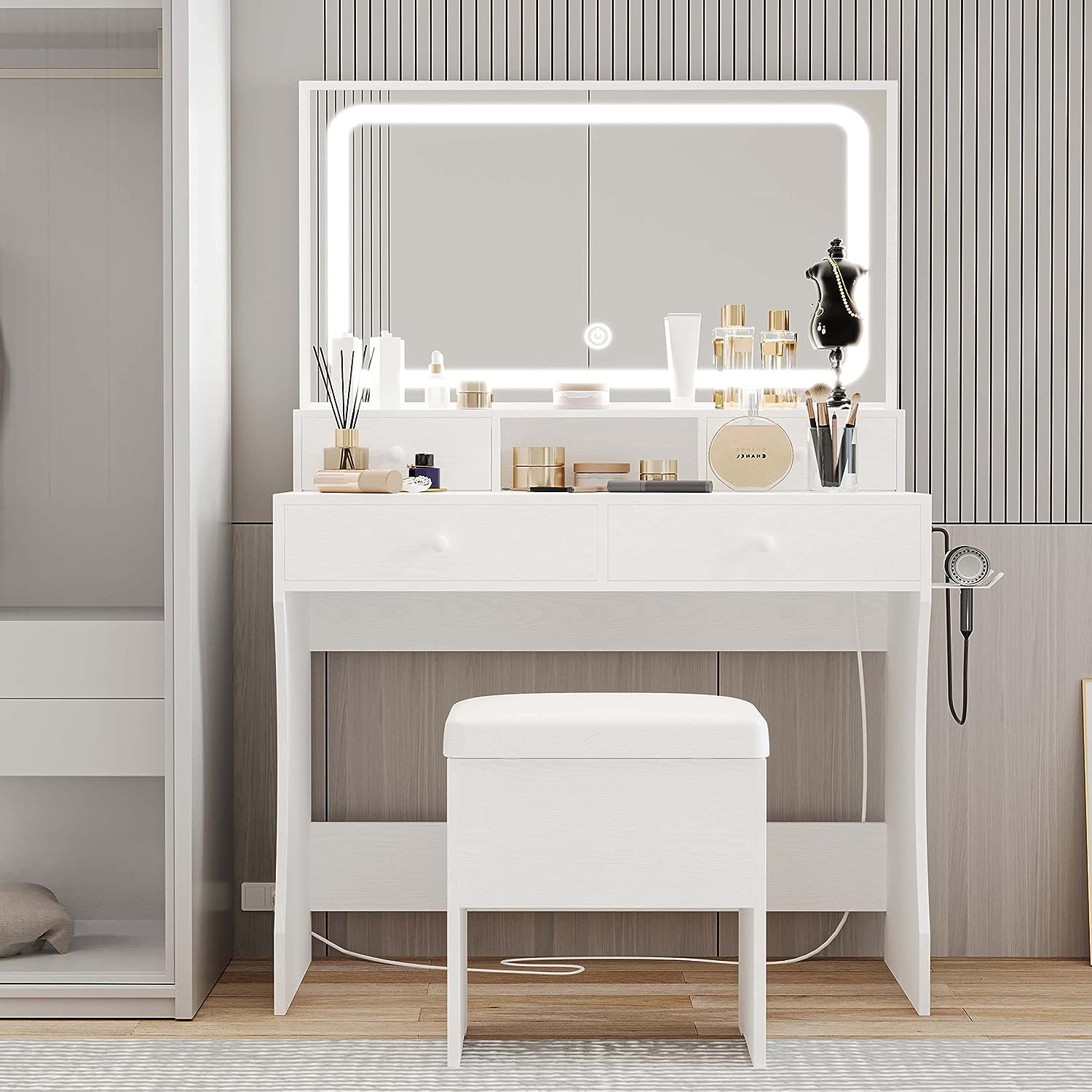
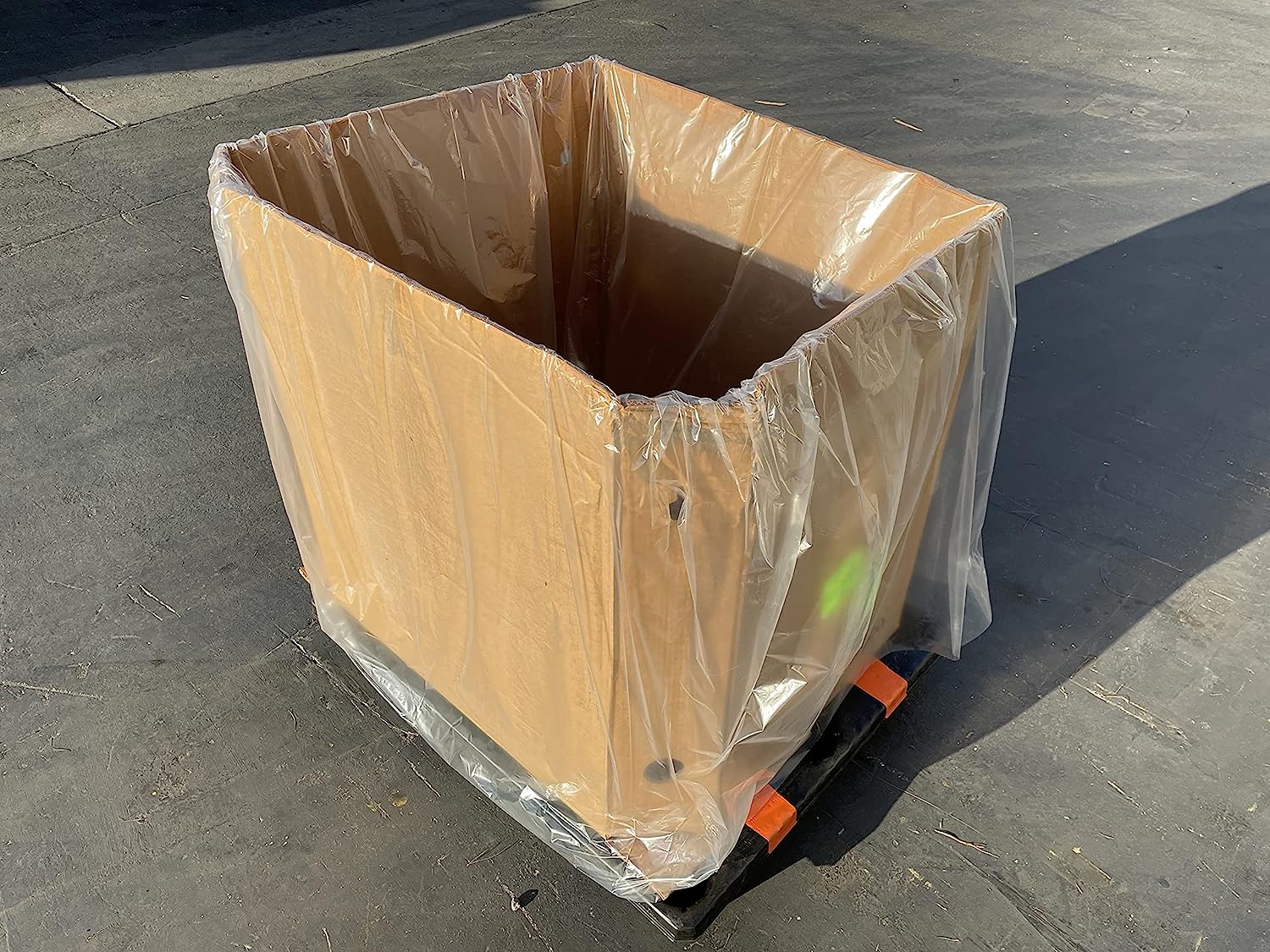
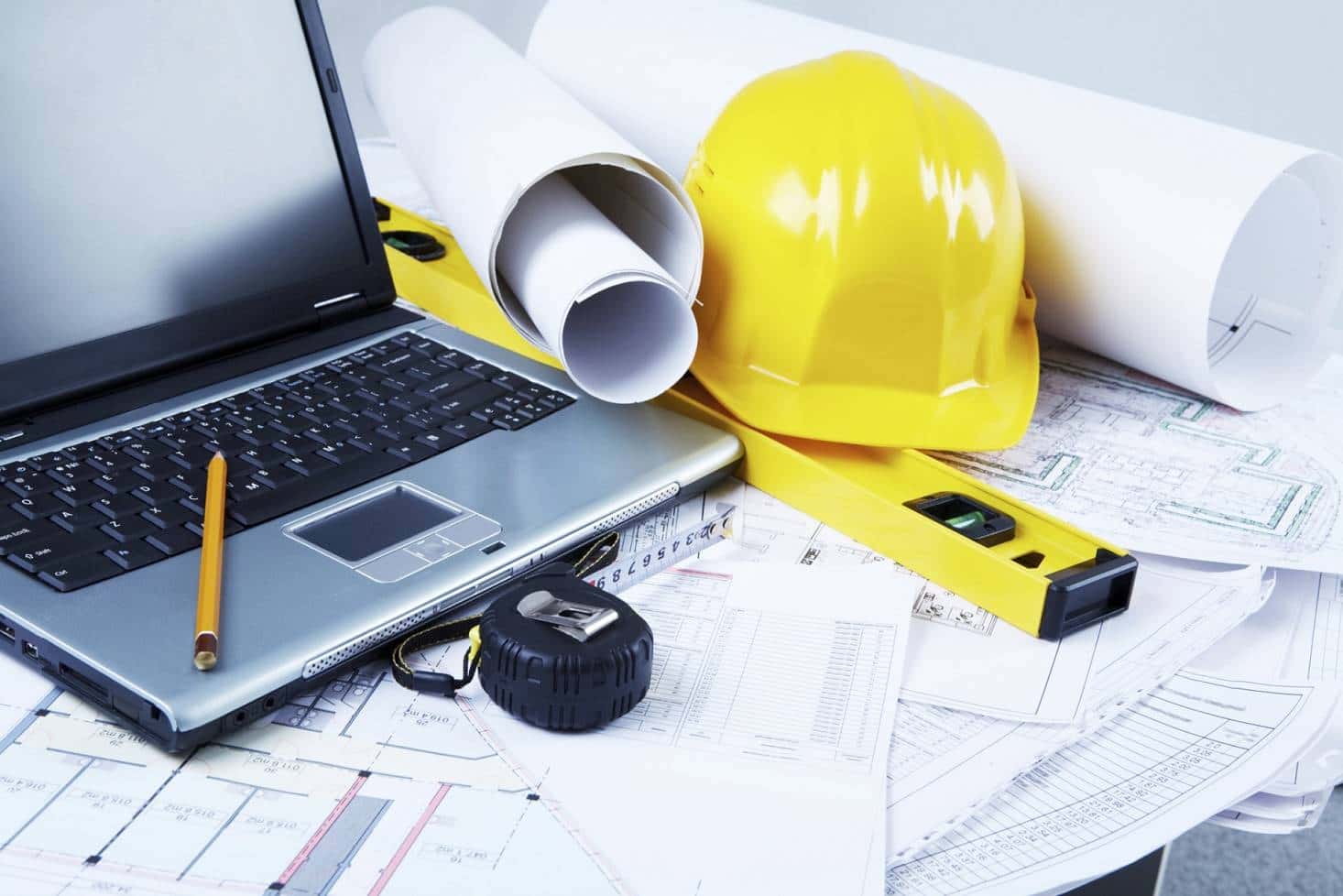
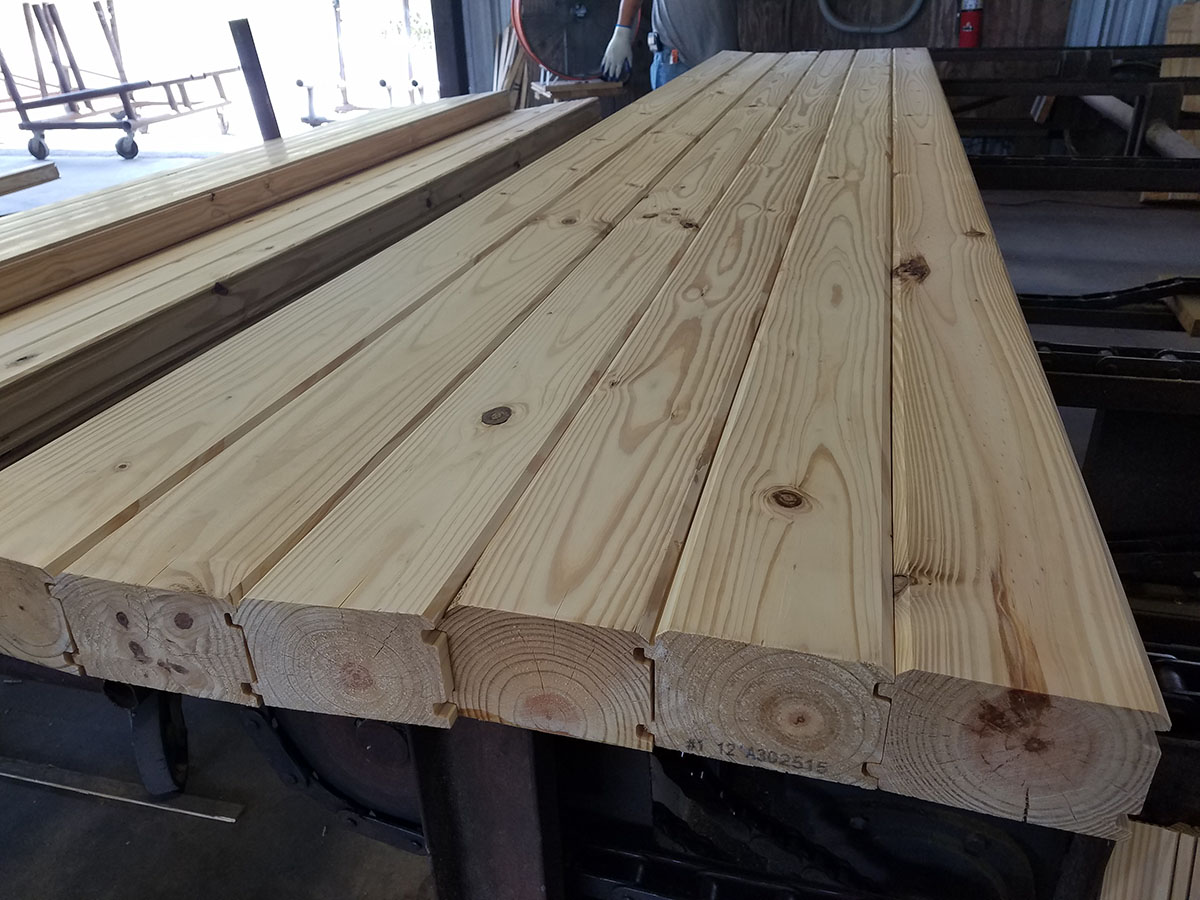
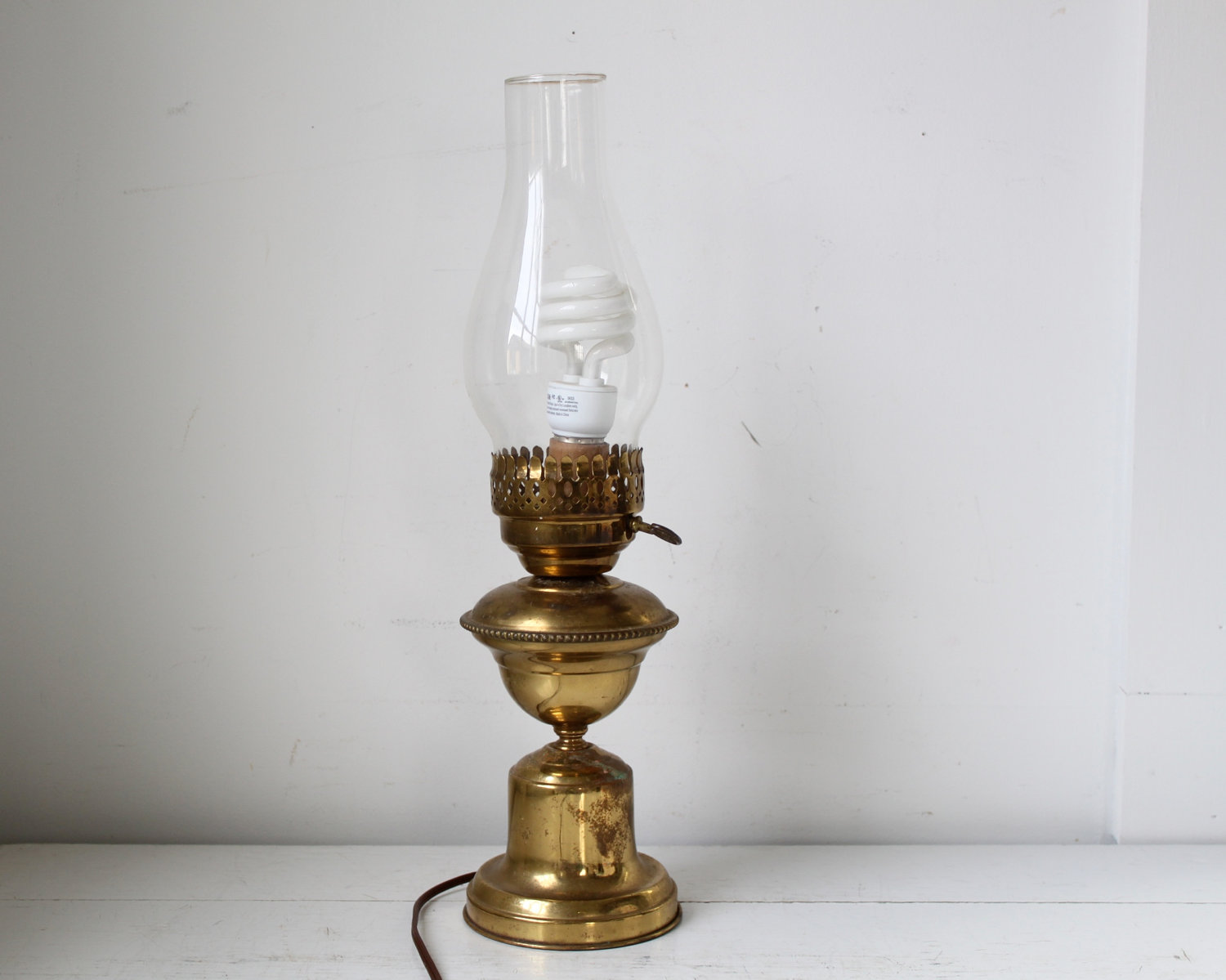
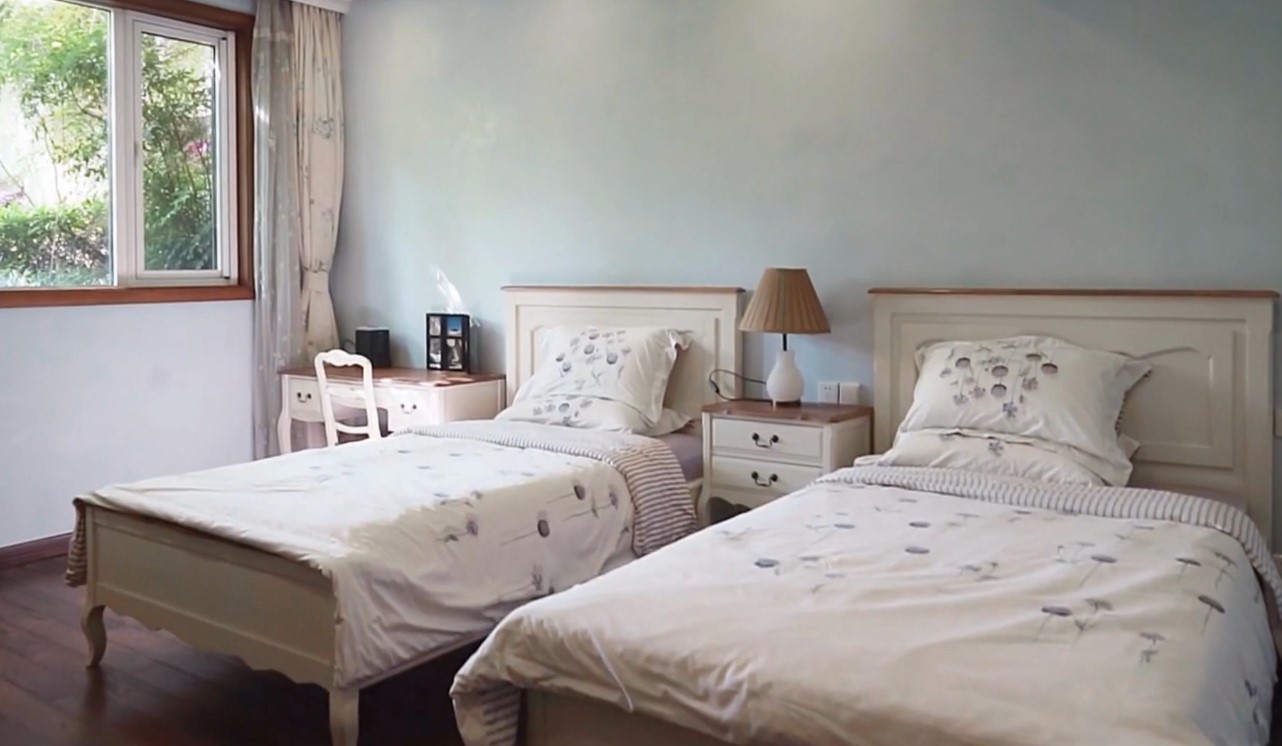
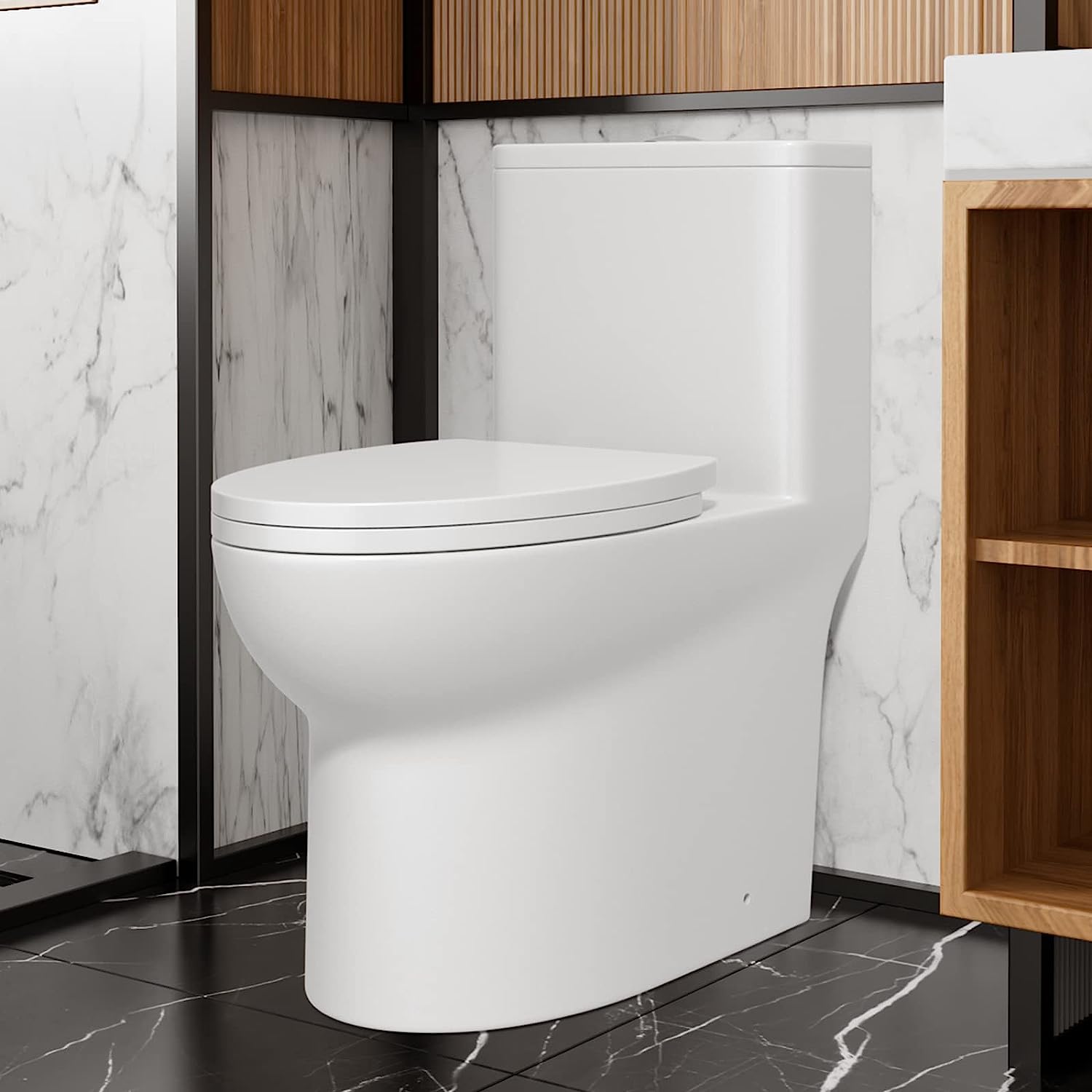
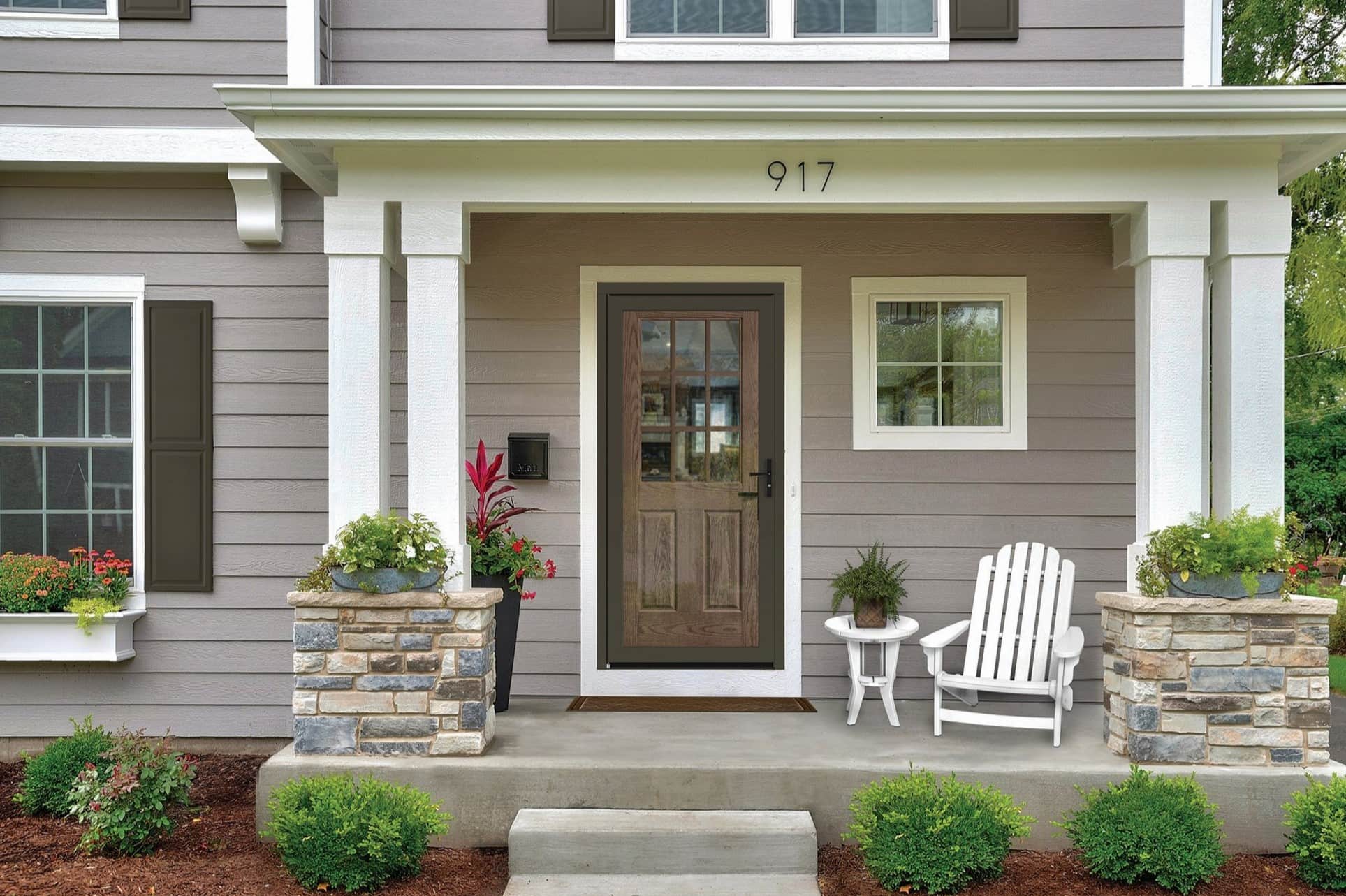
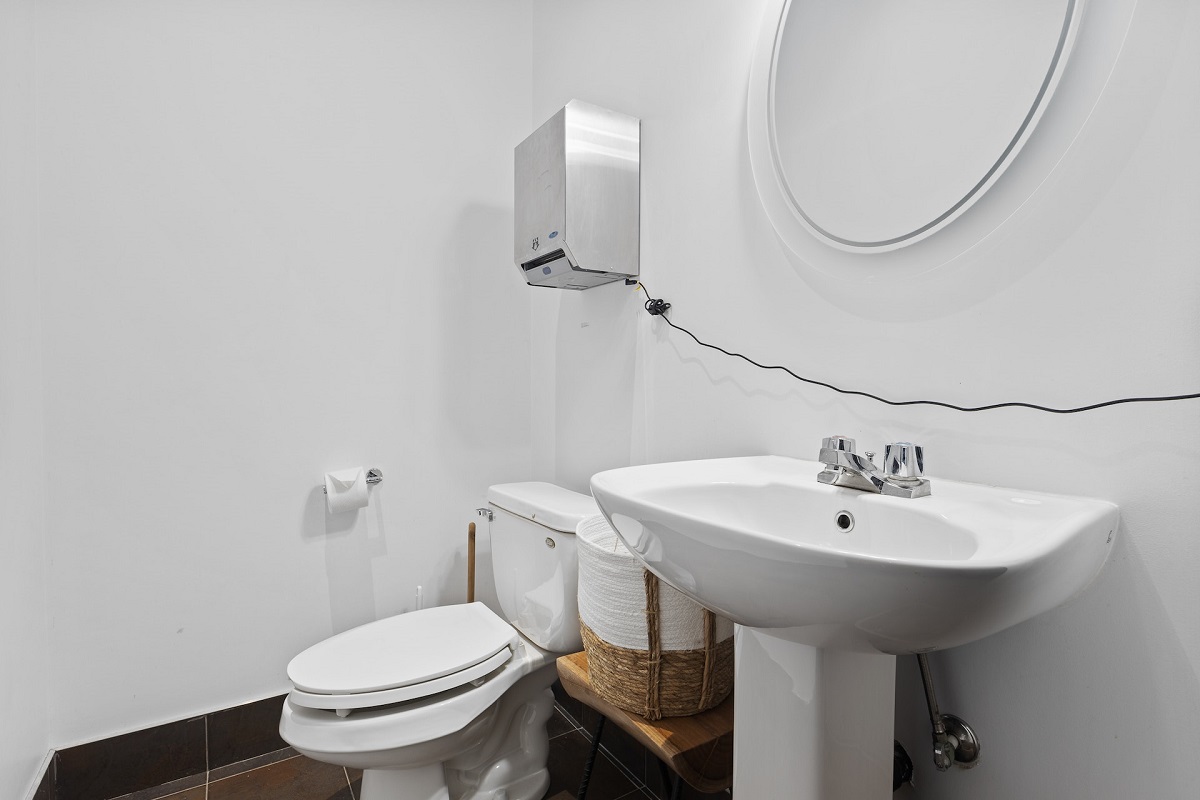
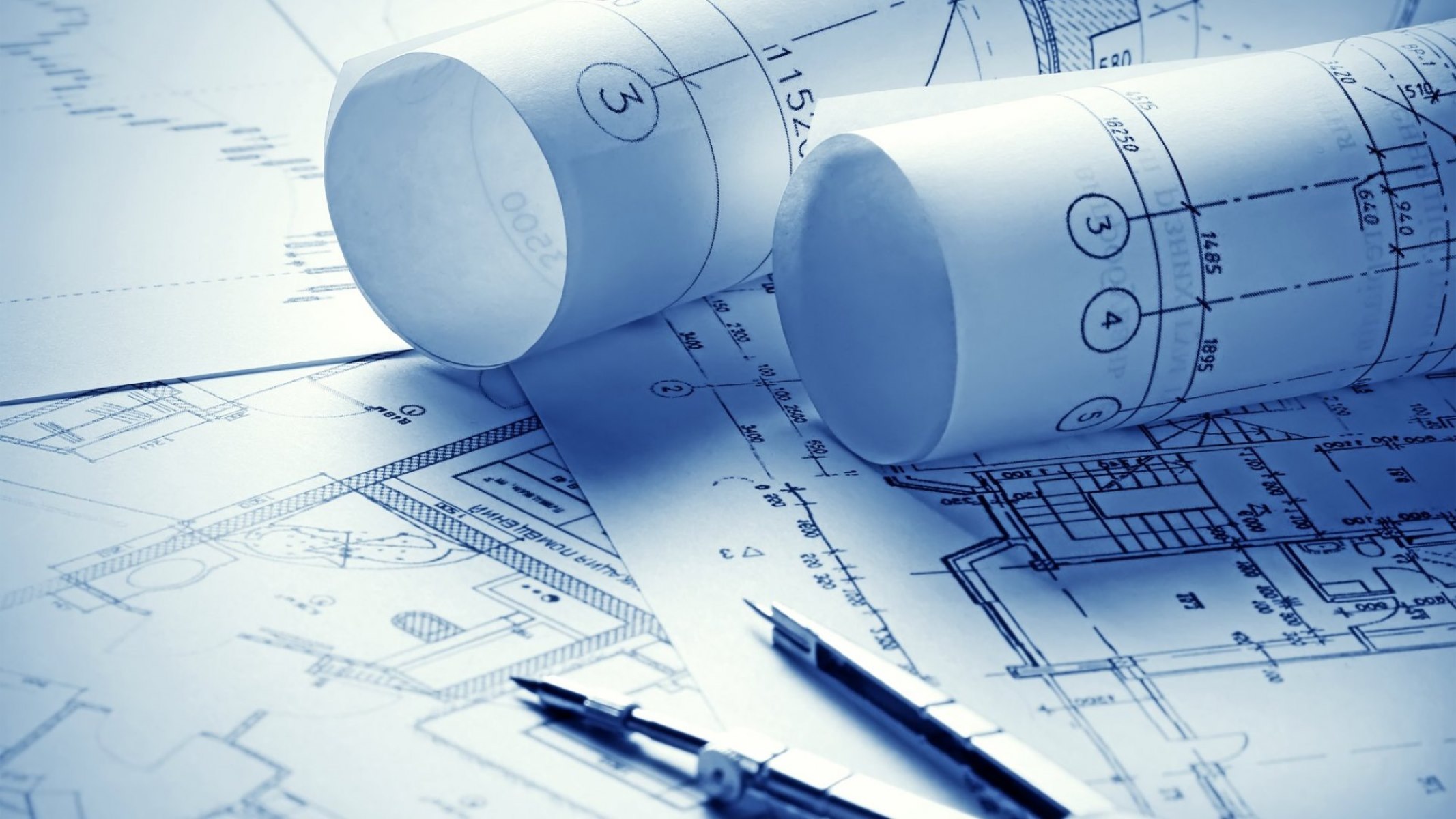

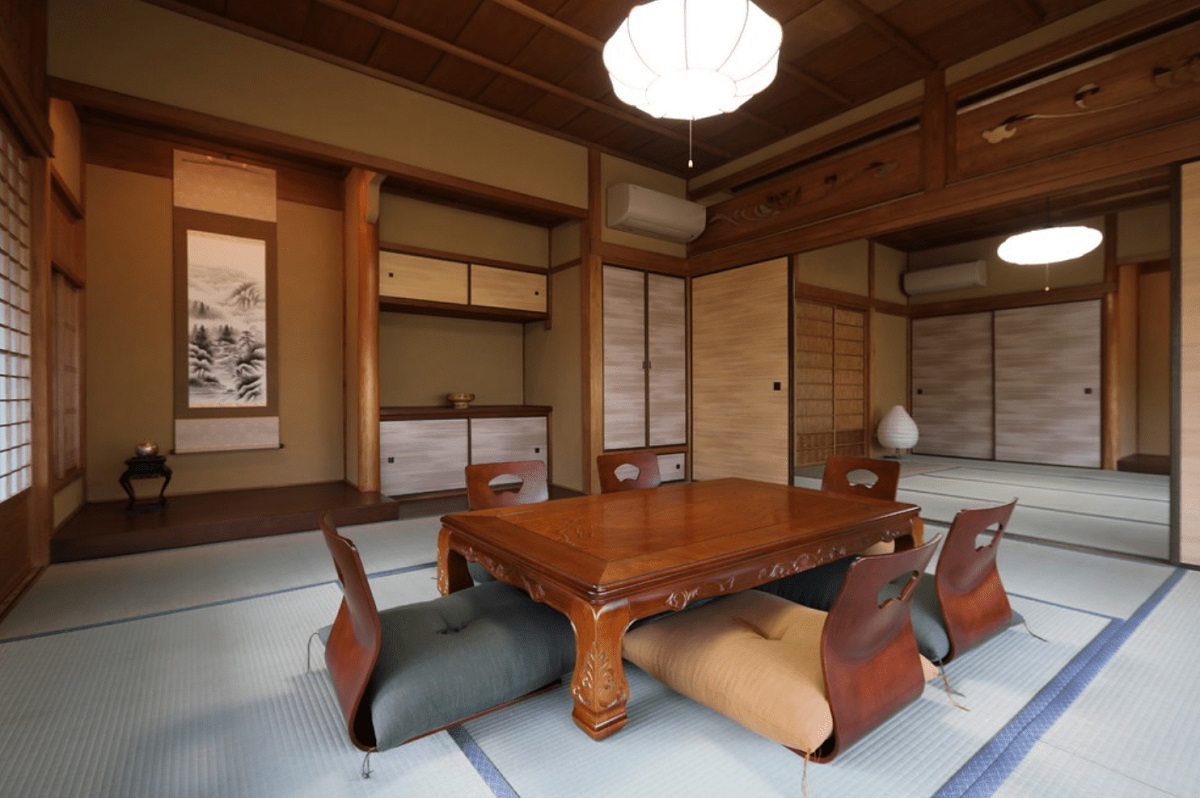
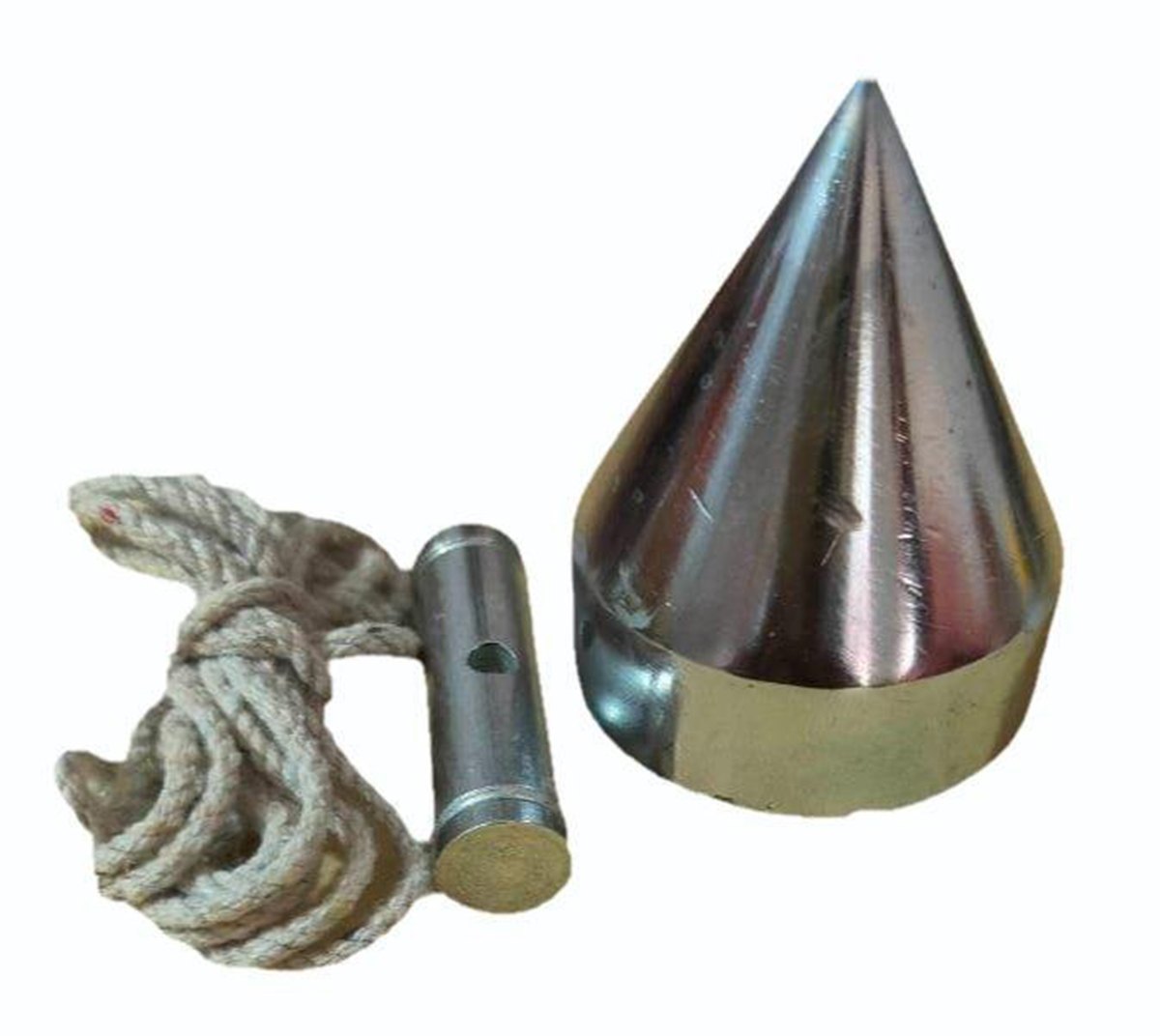

0 thoughts on “Why Is It Called A Coffee Table”